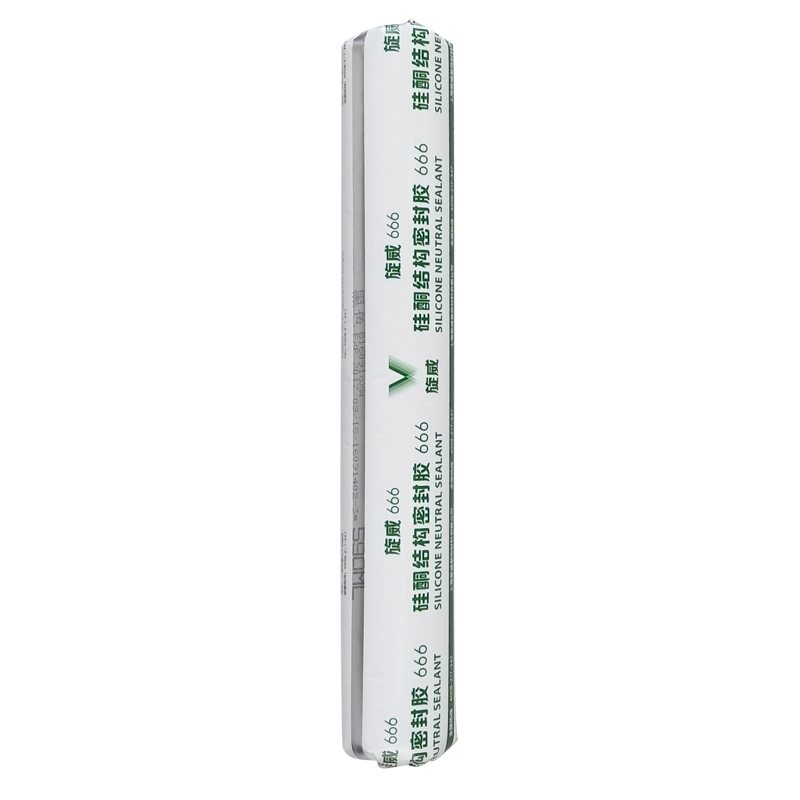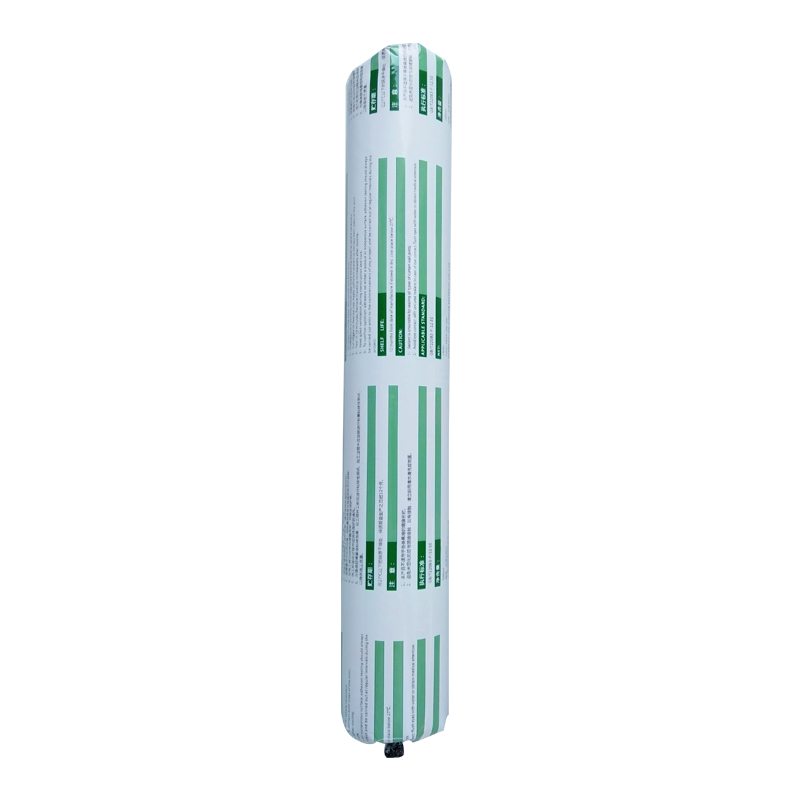High Performance SV-666 General Use Neutral Sealant for Zimbabwe Importers
Short Description:
Description SV-666 neutral silicone sealant is a neutral curing glue single component, the modulus of the. It is specially designed for windows and doors caulking sealing general plastic doors and windows. It has good adhesion to glass and aluminum alloy, and has no corrosion. Where to use It is fit for multiple purpose sealing and bonding applications to form a silicone rubber adhering to adjacent substrates e.g. glass, ceramic, tile, wood and metal. Key Features 1. 100% silicone 2. Eas...
We will devote ourselves to providing our esteemed customers with the most enthusiastically thoughtful services for High Performance SV-666 General Use Neutral Sealant for Zimbabwe Importers, We will supply best quality, the most market competitive price, for every new and old customers with the most perfect green services.
Description
SV-666 neutral silicone sealant is a neutral curing glue single component, the modulus of the. It is specially designed for windows and doors caulking sealing general plastic doors and windows. It has good adhesion to glass and aluminum alloy, and has no corrosion.
Where to use
It is fit for multiple purpose sealing and bonding applications to form a silicone rubber adhering to adjacent substrates e.g. glass, ceramic, tile, wood and metal.
Key Features
1. 100% silicone
2. Easy to use
3. Waterproofing and weatherproofing
4. Primerless adhesion to most building materials
5. 12.5% movement capability
Technical data sheet
| Test standard | Test project | Unit | value |
| Before curing——25℃,50%R.H. | |||
| GB13477 | Flow, sagging or vertical flow | mm | 0 |
| GB13477 | surface drying time(25℃,50%R.H.) | min | 30 |
|
GB13477 |
Operating time | min | 20 |
| Curing time(25℃,50%R.H.) | Day | 7-14 | |
| Sealant curing speed and operating time will have different with different temperatures and temperature, high temperature and high humidity can make sealant curing speed faster, rather low temperature and low humidity are slower.21 days after curing——25℃,50%R.H. | |||
| GB13477 | Durometer Hardness | Shore A | 28 |
| GB13477 | The ultimate tensile strength | Mpa | 0.7 |
| Temperature stability | ℃ | -50~+150 | |
| GB13477 | Movement capability | % | 12.5 |
Certification
JC/T881-2001 12.5E;GB/T14683-2003 12.5E
Color
Black,White,Gray
Package
300ml in cartridge * 24 per box, 590ml in sausage *20 per box
Shelf life
12 months
Note
If you want the TDS or MSDS or other details, please contact with our sales person.
How to create a concrete leaf casting, for decoration at home or in your garden. It’s as easy as making mud pies with Master Gardener A. Tice as she demonstrates how to create various leaf decorations. Background music: “Let It Whip” by Dazz Band— so, Let It Whip with your OWN concrete leaf design! Have Fun and create your own using a variety of leaf shapes!
Materials: Tools:
20# concrete vinyl patch old trowel
concrete bonding adhesive 5 Gal bucket
Liquid Cement Color (concrete dye-optional) several small buckets
40# play sand large plastic “Rubbermaid”
plastic wrap tub
old table old paint brush
water dust mask
large trash bags or plastic drop cloth vinyl (rubber) gloves
masking tape toothpicks
several leaves with few/no holes or tatters. wire cutters
18 G wire or PVC pipe pieces for mounting. pliers
Big Leaf option: concrete reinforcing fibers
***Leaves can wilt quickly, so if possible, cut them just before and keep them in a bucket of water until you are ready.
NOTE: some sources use 3 parts fine #1 sand to 1 part Portland cement instead of the vinyl concrete patch. I like the “patch” better as it’s easier and smoother.
Medical Murray at MD&M West 2013, Anaheim, CA https://www.mdmwest.com
https://www.medicalmurray.com
Accomplishing new minimally invasive procedures often requires the construction of complicated catheters to access different anatomies, deliver devices or drugs and incorporate sensors to assure proper results. This requires the combination of many materials to provide different flexibility, low friction, torsional resistance, multiple paths and functional components; all in small diameters. Materials commonly utilized to achieve the required results include Nitinol, polyurethane, high density polyethylene, stainless steel, silicone rubber, Pt-Ir, PTFE, conductive wires, etc. Techniques for assembling these complex catheters will be explained; to include braiding over multiple lumens, axial reinforcement, injection molded access ports integrated into the handles, silicone balloons bonded to polyurethane, release mechanisms and sensor integration.





